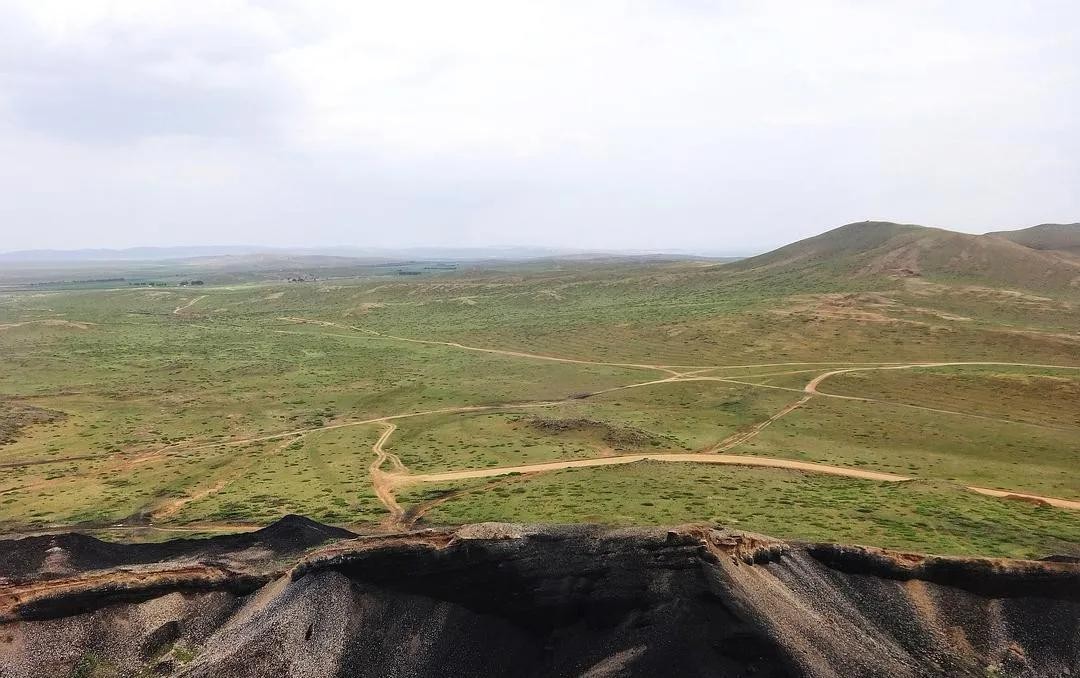At noon on April 4, 1941, Gao Hongmiao rode out of the village on horseback when he found a group of Japanese soldiers in the distance hugging the village, with the bayonets on their guns and the steel helmets on their heads flashing white. He reined in his horse and ran back to the village, shouting: "The enemy is coming, hide quickly!"
In those turbulent times, every day was a new challenge and uncertainty. In the spring of 1941, the village of Yaozi, located 60 miles west of the town of Chahachankobr, was an insignificant but highly symbolic place in the war.
This small mountain village composed of more than 30 households, with its remote geographical location, overlapping mountains and dangerous terrain, has become an important contact point for the underground work of the Eighth Route Army. Everyone in the village is working towards a common goal - to resist the Japanese invasion.
On the morning of April 4, 1941, Gao Hongmiao rode his old horse out of the village as usual, but unexpectedly found a group of Japanese soldiers approaching quietly outside the village. The group of Japanese soldiers approached Yaozi Village silently, their spears and steel helmets glistening in the sun.
At this moment, Gao Hongmiao realized that the danger was approaching, he immediately turned his horse's head, ran back to the village as fast as he could, and warned the villagers loudly: "The enemy is coming, hide quickly!"
Gao Hongmiao's shout was like a thunderclap, causing an uproar in the calm village. The villagers responded quickly, especially the older generation, who had been through many wars and knew the cruelty of the enemy. Led by the activists, most of the villagers and children began to run to the hidden places on the mountain, knowing that only on the other side of the mountain could they hide from the Japanese army.
At the same time, the Japanese moved unusually quickly. After receiving the secret report that the county magistrate and the district magistrate of the Eighth Route Army had come to Yaozi Village, they did not hesitate to travel a long distance and rushed here. The village was soon surrounded by Japanese regiments, who searched house to house, brutally interrogating and torturing the villagers.
After ensuring the safe evacuation of most of the villagers, Gao Hongmiao rode a horse to report to the county magistrate Song Kezhang in a neighboring village, hoping to get help. However, the Japanese moved too quickly, and they left deep scars in the village of Yaozi. Twenty-one men and more than 10 women failed to flee in time and were captured and brutalized by the Japanese army. During the interrogation and torture, the villagers showed tenacious will, and none of them leaked information about the Eighth Route Army.
In the evening, the sun was sinking in the west, and the afterglow was sprinkled on the ruins of Yaozi Village, and there was a dead silence. The Japanese began their last act of ruthless reluctance, gathering all the captured villagers, men, women, and children, in front of an abandoned cave at the edge of the village. This cave, which used to be a place for villagers to warm up and gather in winter, has now become the place where their lives end.
At the entrance to the cave, the villagers were forced to line up. The Japanese soldiers were armed with bayonets that flashed with cold light, staring at the helpless people with indifferent expressions. Although they were in a desperate situation, in the face of their impending fate, none of the villagers showed a look of fear. In their eyes, in addition to grief and indignation, there is more firmness in the confrontation.
The Japanese officer interrogated again in a commanding tone, trying to get information about the Eighth Route Army from the villagers. But even in this life-and-death situation, the captured villagers still gritted their teeth, and no one responded. They are well aware that any leakage of information could bring even greater disaster to their compatriots. At this moment, these ordinary villagers showed extraordinary courage and tenacity.
Faced with the silence of the villagers, the Japanese officers were furious. He gave a cruel order and began a merciless slaughter. One by one, the villagers were pushed into the dark, cold cave. With each sound of bayonets piercing flesh, the angry curses of the villagers echoed through the cave, a voice filled with hatred for the enemy and a desire for freedom.
Even at the last moment of their lives, the eyes of these villagers remained steadfast. They used their last strength to express their unyielding determination to live and fight. Blood flowed from their bodies, staining the soil of the cave red, and witnessing the final struggle of their lives.
On the verge of life and death, the village's elders, women and children showed admirable courage. At the last moment, they defended their dignity with their lives, and although they could not change their fate, their actions became the deepest memory of that era.
As night fell, the brutal slaughter finally ended. Inside the cave, there was a dead silence, only the moonlight penetrated, illuminating the bodies of the heroic villagers who were lying quietly. Although they have left this world, their spirit, their insistence on freedom and dignity, will forever remain in history.
